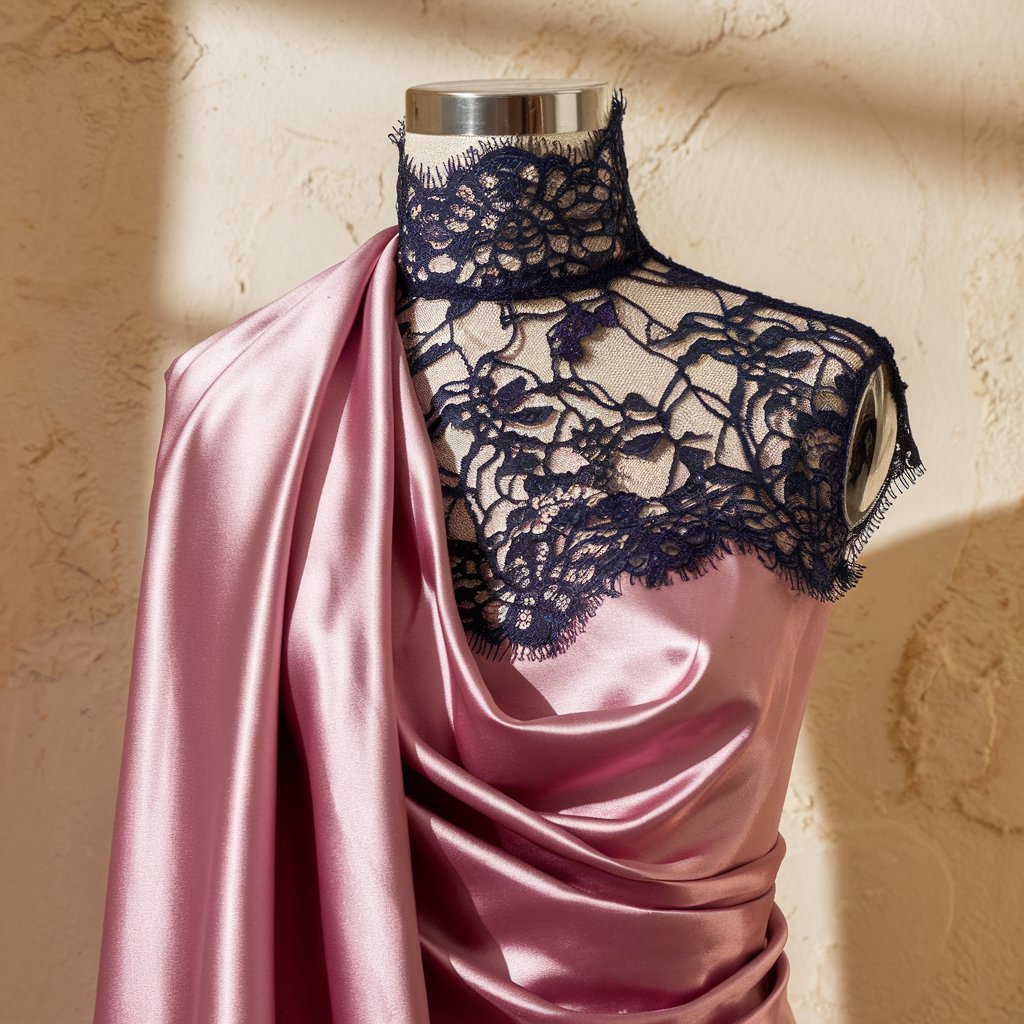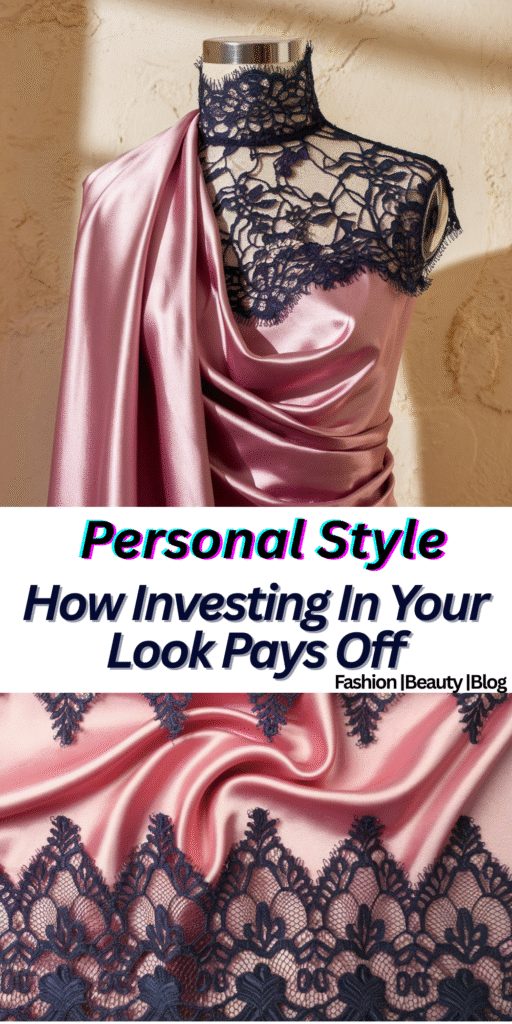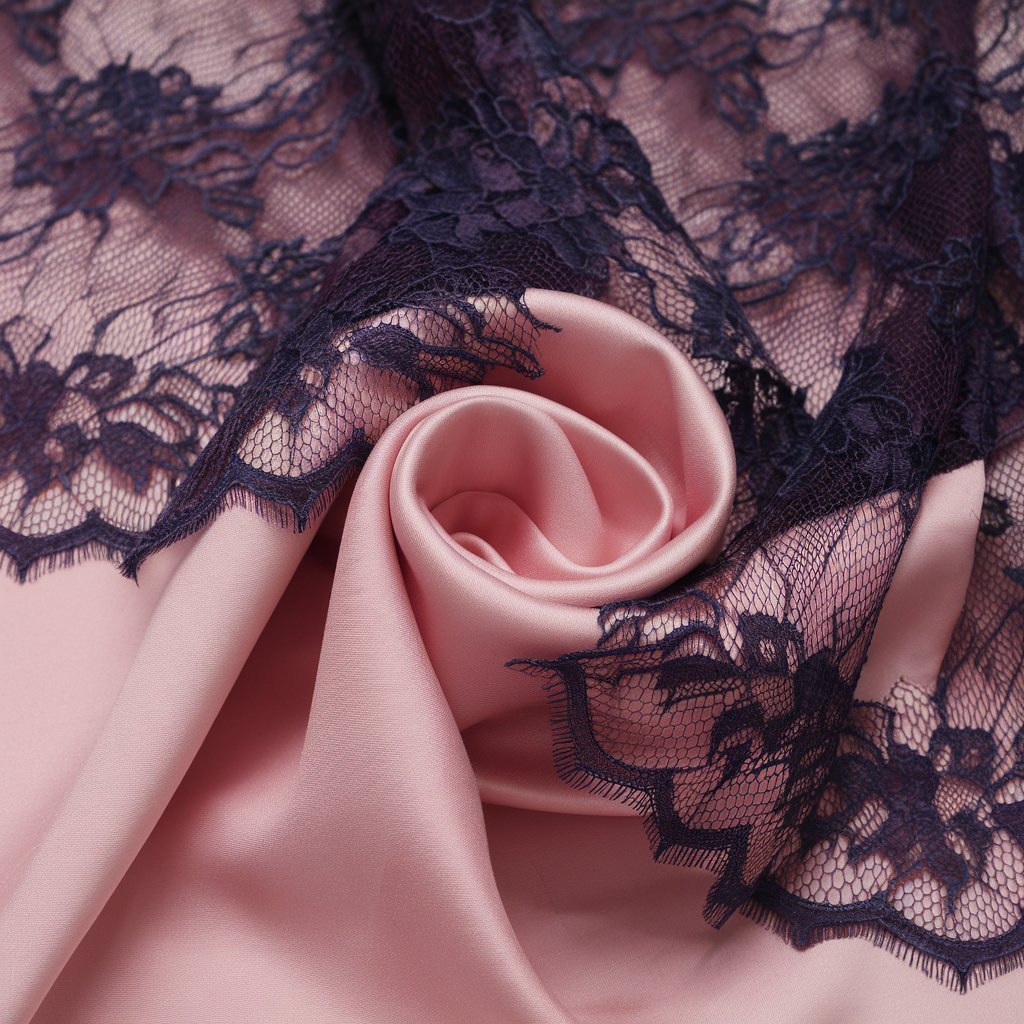Understanding Personal Style

Personal style encompasses much more than simply following the latest fashion trends. It is a distinct expression of an individual’s personality, character, and lifestyle choices. When we discuss personal style, we delve into how an individual curates their wardrobe, selects their accessories, and presents themselves to the world. This expression can be seen as a reflection of one’s preferences, values, and experiences, manifesting uniquely in each person’s overall appearance.
The significance of personal style is often underestimated, yet it plays a vital role in how individuals perceive themselves and how they are perceived by others. Confidence is closely tied to one’s style; when individuals wear clothing that resonates with their identity, they often feel more comfortable and poised. This security can translate into improved self-esteem and an increased sense of empowerment in social and professional situations. A well-defined personal style can elevate an individual’s confidence, allowing them to navigate the complexities of daily life with greater assurance.
Furthermore, personal style influences first impressions, which can be particularly crucial in both social and professional settings. The way one dresses can communicate authority, creativity, or reliability, often before a single word is spoken. This non-verbal cue can shape perceptions and lead to opportunities that may not have otherwise arisen. Ultimately, investing time and thought into developing a personal style not only improves outward appearance but also contributes to a deeper understanding of oneself, making it an essential endeavor for those looking to elevate their overall presence in today’s visually-driven world.
The Importance of Investing in the Right Pieces
The Difference between Fashion and Style is Quality .
Giorgio Armani
In an era dominated by fast fashion and ever-changing trends, the significance of investing in high-quality, timeless pieces cannot be overstated. Choosing sustainable fashion options not only enhances individual personal style but also contributes positively to the environment. By carefully selecting wardrobe staples that endure both in quality and style, consumers can avoid the pitfalls of disposable clothing and the waste that comes with it.
High-quality pieces often serve as the foundation of a well-curated wardrobe, providing versatility for various occasions. For instance, a classic tailored blazer can elevate a casual outfit when paired with jeans and a t-shirt, or it can seamlessly transition into a formal setting when worn with tailored trousers. Such items are not subject to the whims of seasonal fashion cycles, making them a wise investment for anyone looking to refine their style over time.
Additionally, the emotional value tied to durable fashion pieces cannot be underestimated. Investing in quality often leads to a more profound connection with one’s wardrobe, as each piece tells a story—whether it’s the craftsmanship, the fabric, or the design behind it. This investment strategy fosters a more mindful approach to dressing, encouraging individuals to choose pieces that resonate with their identity rather than trends that may feel fleeting or generic.
Moreover, consider the environmental impact of fast fashion, which contributes significantly to pollution and waste. By choosing to invest in sustainable fashion, individuals can effectively reduce their carbon footprint while simultaneously acquiring pieces that enhance their personal style. In essence, selecting high-quality items is not merely a financial decision but a conscious lifestyle choice that honors both personal expression and ecological responsibility.
Building Your Personal Brand Through Style
Personal style acts as a significant component of an individual’s brand identity. Similar to how established high fashion houses such as Chanel, Gucci, and Prada curate their collections to convey a specific message, individuals can leverage their choice of clothing and accessories to communicate their values, aspirations, and personality. These established brands have succeeded in creating a unique narrative that resonates with their audience, often leading to lasting loyalty and a distinct market position. By carefully selecting pieces that reflect one’s character, an individual can craft a brand identity that resonates authentically with their personal and professional spheres.
Consistency in one’s personal aesthetic is vital for cultivating a strong brand identity. Just as luxury brands present a cohesive image through their collections, individuals must also aim for a harmonious representation of themselves across various platforms. Whether it be professional attire for work, casual wear for social events, or images shared on social media, each aspect contributes to the overall perception of their personal brand. A consistent style not only helps in establishing a recognizable identity but also enhances credibility, allowing individuals to present themselves confidently in all aspects of life.
The role of fashion extends beyond mere appearance; it serves as a powerful storytelling tool that can shape how one is perceived by others. In social media, for instance, the curated aesthetics of one’s outfit choices can attract followers and establish connections within specific communities. Each post can reinforce the individual’s brand by reflecting their values and lifestyle, thereby influencing how they are viewed in both personal and professional contexts. The act of investing in one’s appearance through thoughtful fashion choices can lead to numerous opportunities, whether in networking, collaborations, or career advancements.
Case Studies: Style Lessons from High Fashion
High fashion has always been a significant influence in the realm of personal style, with numerous figures and designer houses showcasing how investing in one’s look can lead to enhanced personal and professional success. A salient case study is Karl Lagerfeld, the late creative director of Chanel. Lagerfeld’s signature appearance, characterized by his white hair, black sunglasses, and tailored suits, became synonymous with the brand itself. His distinctive style not only defined his personal brand but also reinforced Chanel’s identity as a luxurious, innovative, and timeless label. By curating his look with intention, Lagerfeld solidified his position as a fashion authority, ultimately shaping public perception and inspiring countless followers worldwide.
Another notable example is Rihanna, whose personal style has evolved significantly over the years. From her early music career to her current status as a fashion mogul with the launch of her Fenty Beauty line, Rihanna has strategically used her unique aesthetic to command attention and influence trends. Her daring fashion choices and fearless approach to self-expression resonate with her audience and help communicate her brand values of inclusivity and creativity. Rihanna’s consistent investment in her appearances has not only created a lasting impact on the fashion industry but has also transformed her into an icon and a powerful businesswoman.
Furthermore, Maison Margiela’s avant-garde approach to fashion exemplifies how high fashion can blur the lines between art and attire. The brand’s distinct designs often challenge traditional notions of style, pushing the envelope and encouraging wearers to showcase their individuality. This approach resonates with many consumers who are increasingly seeking unique expressions of personal style. In these instances, it is clear that investing in appearance—through both choice of clothing and curation of overall aesthetics—can significantly elevate one’s career, influence trends, and establish a lasting personal brand.



